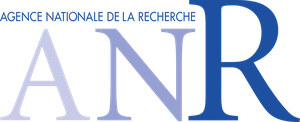Superconducting parity effect across the Anderson limit
What is the minimum size for a nanocrystal to be superconducting? In 1959, P.W. Anderson suggested that superconductivity could exists only when the energy interval between electronic levels is smaller than the superconducting energy scale, i.e. the superconducting gap, which corresponds to the binding energy of the Cooper pairs responsible for superconductivity. Until now, this remained a conjecture. However, using a Scanning Tunneling Microscope (STM) to study superconducting Lead (Pb) nanocrystals grown on the 2D electron gaz at the surface of Indium Arsenide, LPEM researchers have observed that Cooper pairing disappears when this level spacing became larger than this superconducting energy scale, demonstrating the validity of the Anderson criterion. This experiment establishes a new method for investigating nanocrystals in the regime of strong quantum confinement with promising perspectives for the study of electronic orders in the chemical limit, i.e. when the electronic spectrum of a solid becomes discrete.
Contact:
Superconducting parity effect across the Anderson limit
S. Vlaic, S. Pons, T. Zhang, A. Assouline, A. Zimmers, C. David, G. Rodary, J-C Girard, D. Roditchev, and H. Aubin
Nature Com. 8 14549 (2017)








